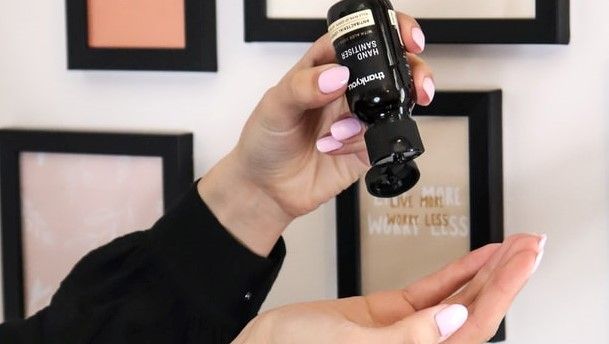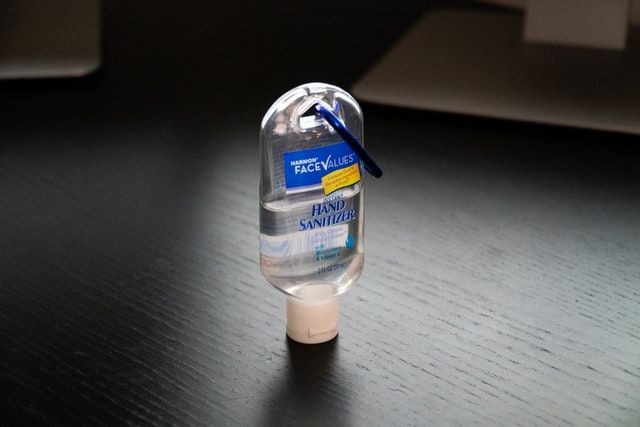Hand sanitiser consumers are becoming increasingly uncertain over the safety of their sterilizing products following news of a surge in below-standard products from Mexico.
As a BBC news report explains, “US regulators have warned that more than half of all alcohol-based hand sanitisers imported from Mexico contain dangerous levels of toxic ingredients.” Noting that, “The [US] Food and Drug Administration (FDA) said it was placing the products on a countrywide ‘import alert’ until it was able to review their safety.”
The alarm was raised as most of the toxic products contained either methanol (also called wood alcohol) or 1-propanol.
Methanol is usually used to make antifreeze or fuel and is very dangerous if used as an ingredient for hand sanitiser. 1-propanol is normally used as engine fuel, as a disinfecting agent, or as a solvent in the pharmaceutical industry. Like methanol, it is also toxic.

Every year dozens of people die from drinking hand sanitiser due to its alcohol content and poison themselves if the sanitiser contains methanol. Other users fall ill because methanol can be absorbed through the skin or the fumes are inhaled.
The consequences of using hand sanitiser which contains methanol range from nausea, headaches, eye-irritation, skin inflammation, and breathing difficulties, to coma and even death.
It is for this reason that this latest surge in contaminated supplies of hand sanitiser is causing such concern. Especially as the latest data from the US FDA showed that, “tests on hand sanitisers from Mexico found 84% of the samples from April to December 2020 did not comply with US regulations.” Adding that, “More than half of the samples were found to contain toxic ingredients, including methanol and/or 1-propanol, at dangerous levels.”
“Consumer use of hand sanitisers has increased significantly during the coronavirus pandemic,” said Judy McMeekin, FDA Associate Commissioner for Regulatory Affairs in a recent press release, “and the availability of poor-quality products with dangerous and unacceptable ingredients will not be tolerated.”
Instead, consumers are being advised to source their sanitising products from trusted suppliers ensuring that all products exceed national safety standards as well as containing sufficient active ingredients to kill coronavirus quickly.

Most hand sanitisers contain either ethanol or isopropyl alcohol (or a blend of both), because alcohol is crucial to keeping your hands virus free. As a 2014 review published in the journal Clinical Microbiology Reviews explained, alcohol destroys disease-causing pathogens, such as bacteria and viruses, as they break up proteins. In doing so, they spilt apart the cells of a pathogen or mess up its metabolism.
Consequently, the US government’s Center for Disease Control advises, “If soap and water are not available, use an alcohol-based hand sanitizer that contains at least 60% alcohol.” This is because, “Many studies have found that sanitizers with an alcohol concentration between 60–95% are more effective at killing germs than those with a lower alcohol concentration or non-alcohol-based hand sanitizers. Hand sanitizers without 60-95% alcohol 1) may not work equally well for many types of germs; and 2) merely reduce the growth of germs rather than kill them outright.”
If you are uncertain if your hand sanitising products meet these standards, then look for a ]#. AG PROTECT, who sponsor this page, are manufacturers of a wide range of personal sanitising and disinfecting products all of which meet EU standards.
To find out more about how they can help keep you and your family virus-free, visit AG PROTECT.
Photo credit: S O C I A L . C U T on Unsplash, Martin Sanchez, & Tetiana SHYSHKINA